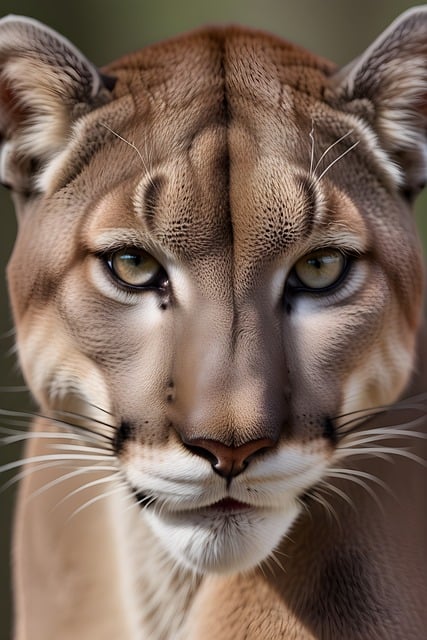Graphic design is a powerful form of communication that has evolved significantly over the years. From posters and logos to websites and social media graphics, graphic design plays a crucial role in shaping our visual world. In this article, we will explore the history and evolution of graphic design, examine the key principles and elements that make up effective graphic design, and delve into the latest trends shaping the industry. Whether you are a seasoned designer or just starting out, this article will provide valuable insights into the world of graphic design.
- 1. "The Evolution of Graphic Design"
- 2. "Key Principles and Elements of Graphic Design"
- 3. "Exploring Different Trends in Graphic Design"
1. "The Evolution of Graphic Design"

Graphic design has come a long way since its inception. From its early roots in traditional print media such as posters and advertisements to its modern day applications in digital media and web design, the field of graphic design has undergone significant evolution.
At its origins, graphic design relied heavily on manual techniques such as drawing, painting, and hand lettering. As technology advanced, the introduction of the printing press in the 15th century revolutionized the way designers created and reproduced their work. This period saw the rise of iconic graphic designers such as William Morris and Toulouse-Lautrec, who paved the way for modern graphic design practices.
In the 20th century, the digital age brought about even more drastic changes to the field of graphic design. The introduction of computers and design software allowed designers to create visually stunning and dynamic graphics with ease. This era saw the emergence of influential designers such as Milton Glaser and Saul Bass, whose work continues to inspire designers today.
Today, graphic design encompasses a wide range of mediums and applications, from branding and advertising to user interface design and social media graphics. The evolution of technology continues to shape the field, with advancements in virtual reality, augmented reality, and artificial intelligence opening up new possibilities for designers.
Overall, the evolution of graphic design has been a journey of innovation and creativity, with designers constantly pushing the boundaries of what is possible in visual communication.
2. "Key Principles and Elements of Graphic Design"

Key Principles and Elements of Graphic Design
When it comes to graphic design, there are essential principles and elements that designers need to keep in mind to create effective and aesthetically pleasing designs. These principles and elements help guide the design process and ensure that the final product communicates the intended message clearly and effectively.
One key principle of graphic design is balance. Balance refers to the distribution of elements within a design to create visual harmony. There are three types of balance in design: symmetrical, asymmetrical, and radial. Symmetrical balance involves mirroring elements on either side of a central axis, while asymmetrical balance involves creating equilibrium through uneven distribution of elements. Radial balance, on the other hand, radiates from a central point outward.
Another important principle is hierarchy, which determines the order in which the elements in a design are perceived. This helps guide the viewer's eye through the design and emphasizes the most important information. Elements can be emphasized through factors such as size, color, contrast, and placement.
The elements of graphic design include line, shape, color, texture, and typography. Lines can help create structure and movement in a design, while shapes can add visual interest and define space. Color is a powerful tool for setting the mood and tone of a design, while texture can create depth and tactile qualities. Typography plays a crucial role in communication, as different fonts and type treatments can convey different meanings and emotions.
By understanding and applying these key principles and elements of graphic design, designers can create visually appealing and effective designs that resonate with their audience. It is important to use these principles and elements intentionally and thoughtfully to achieve a successful outcome.
3. "Exploring Different Trends in Graphic Design"

Graphic design is an ever-evolving field that is constantly influenced by new trends and technologies. By exploring different trends in graphic design, designers can stay current and create visually appealing and innovative designs. One trend that has gained popularity in recent years is the use of bold and vibrant colors. Designers are moving away from muted tones and embracing bright hues to create impactful and eye-catching designs. Another trend is the use of geometric shapes and patterns in design. Geometric shapes add a modern and structured look to designs, while patterns can add visual interest and depth. Finally, minimalism continues to be a popular trend in graphic design, with designers focusing on clean and simple designs that convey a message effectively. By staying informed and experimenting with different trends, graphic designers can push the boundaries of their creativity and produce unique and memorable designs.























